This is Part Two in my new series of Excel Tutorials where I share my best practice tips for creating 52 weeks of Employee Time Cards – for hours worked. In this segment, I focus on starting the process with an Excel Template.
Finding Templates for Time Cards
As I demonstrate in the video, there are at least two easy sources for finding a Time Card Template:
- Sample Templates Installed on your Computer
- Templates that you can preview and download from the Microsoft Office Templates Website
Examining Templates that You Download
Before you even think about duplicating the Excel Template that you just downloaded, it is important for you to take a few minutes to explore:
- The Formulas used in the Template
- The Formatting used in the Template – especially the formatting for Dates and Times
- The Protection Applied (if any) to the cells or the entire worksheet
Creating Drop-down Menus for your Template
Since our premise here is that we will copy the template to 51 additional worksheets, it makes sense to use Data Validation to create a series of “drop-down menus” for Employee names and the Start Date for each week. I demonstrate how to do this in the video tutorial.
Links to Additional Video Tutorials in this Series
- How to Efficiently Duplicate 52 Time Card Worksheets in Excel
- Summarize Hours Worked by Employees over a 52 Week Period in Excel
Additional Resources for Excel
I invite you to visit my new, secure, online shopping website – http://shop.thecompanyrocks.com – to discover the many training resources that I offer you!
Watch Tutorial in High Definition
Follow this link to watch this Excel Tutorial in High Definition on my YouTube Channel – DannyRocksExcels
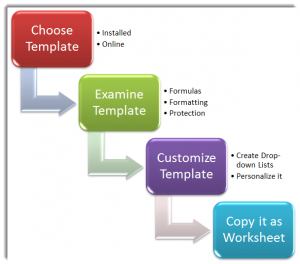















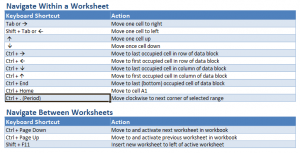
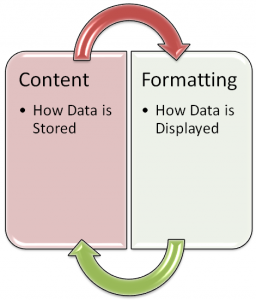
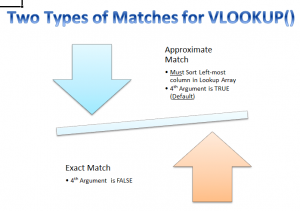
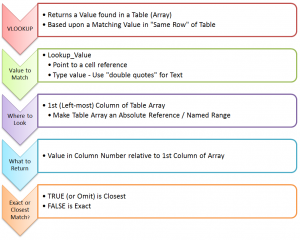
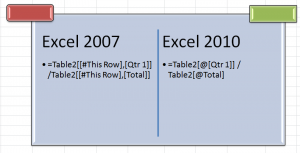


How to Take Advantage of the Go To Special Dialog Box Options in Excel
Go To Special Options
In my opinion, the Go To Special Options Dialog Box offers some of the most useful tools in Excel!
Why?
Because, you must…
Select Cells Before Performing an Action on these Cells
The “key” to understanding ANY MS Office or Windows Program is… You MUST select a single cell or a range of cells BEFORE you can perform an action on them – e.g. Formatting you selection, deleting your selection, editing your selection or auditing your selection.
Tips Presented in this Video Tutorial
I am positive that Excel users at ANY LEVEL will be able to pick up at least one solid tip from this Video Tutorial. Please send me your comments to let me know what you learned – or what you need clarification on.
Watch Tutorial in High Definition Mode
Follow this link to view this Excel Tutorial in High Definition / Full Screen Mode on my YouTube Channel – DannyRocksExcels
Learn About My New Extended Length Excel Video Tutorials
I have just published the first in a series of “Extended Length” – 90 Minutes – Video Tutorials, “Excel Pivot Tables to Summarize, Analyze and Present Your Data.” Follow this link to learn more about this tutorial. I have created separate versions of the tutorial for Excel 2010, 2007 and 2003.